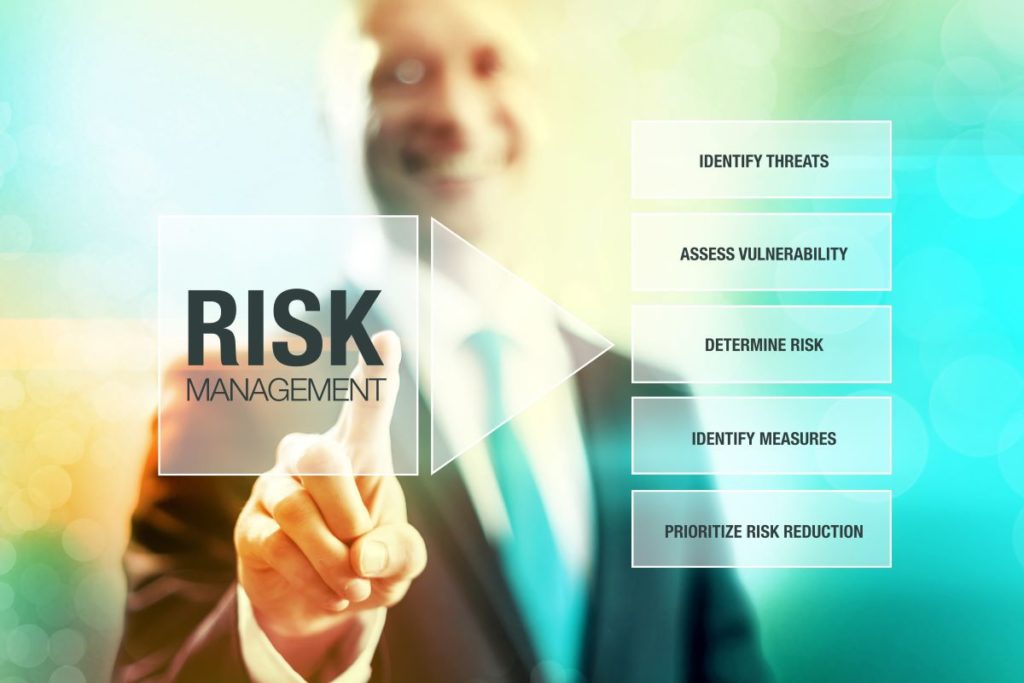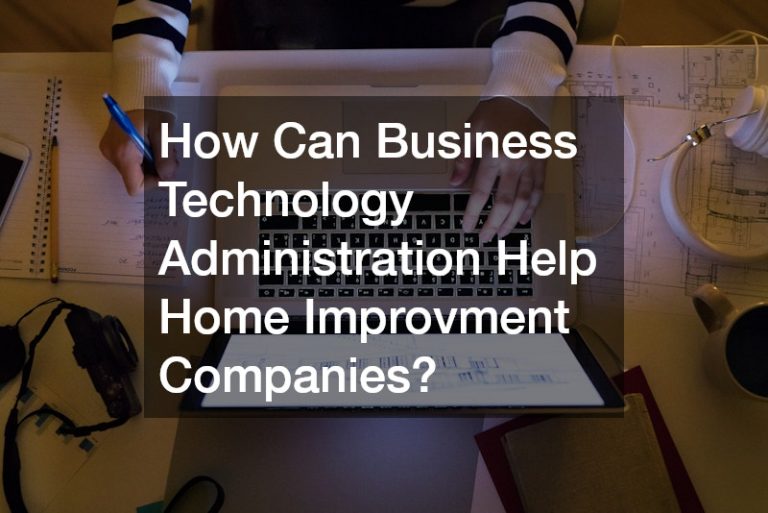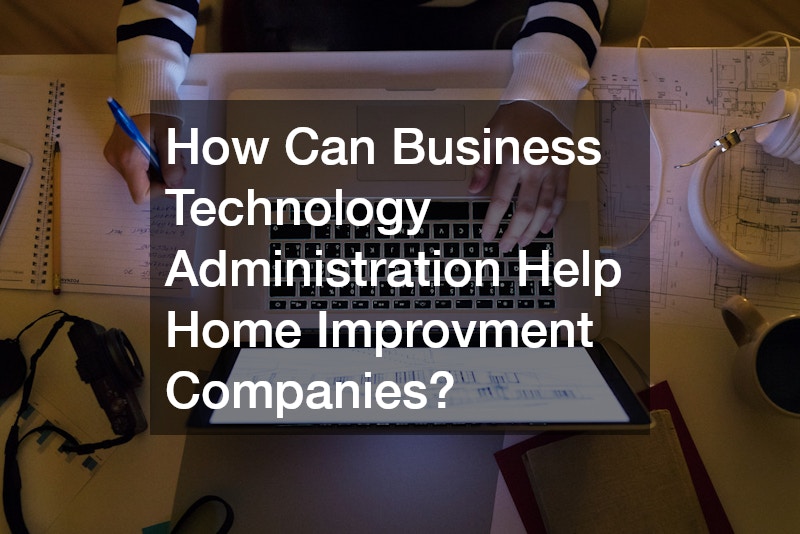Now, it’s not an understatement to mention that the world economy was crippled and brought to its knees due to the global pandemic. Long-standing companies went out of business, people were displaced without work, and that’s just the tip of the iceberg. However, we’ve been able to persevere and see the light of day, and while many have suffered, things are back on the path to progress and bouncing back from such a terrible year.
As a result of this new normal, the business landscape is adapting to our current unstable and uncertain economic and political environment, which calls for businesses, especially SMEs, to adapt and brace for potential instability. And, in order to combat the challenges that wait ahead, we firmly believe that now’s the time for businesses to pivot toward risk assessment strategies and aim for sustainable business performance, to remain competitive.
Why Value Risk Assessment?
Of course, while risk assessment does play an integral role in managing threats and maximizing returns even before the pandemic fallout, there’s been a paradigm shift in how businesses handle the decision-making process. As opposed to the typical growth-and-expansion framework, it’s more sensible in our current day that companies implement a defensive approach, leaning on a risk-off mindset until the economy strengthens. Therefore, valuing risk assessment is crucial to attaining sustainable business performance and success in the foreseeable future.
- Preventive Measures: One of the advantages of risk assessment is its proactive nature and paving the way to implement preventive measures. As we’ve experienced with Covid-19, when a business is caught off guard and unable to meet sudden challenges, it can lead to financial ruin. However, companies can safely prepare and reduce the adverse effects with proper risk assessment, taking preventive measures beforehand if the worst-case scenario were to happen.
- New Business Opportunities: Aside from threat mitigation and risk reduction, risk assessment also opens up new business opportunities and solutions. Remember, problems require solutions, and if an enterprise can readjust quickly enough, they can provide products & services that will address the unmet needs of any industry. Likewise, highlighting weaknesses can encourage companies to reinforce their advantages and play to their strengths, essentially coming out unscathed out of any problematic situation.
What Can You Implement Now?
With those reasons laid out, let’s proceed to the methods and analytical tools you can implement now. Lucky for us, there’s a vast selection to choose from that applies to all aspects of business, and what we’ve listed down are but a small fraction of what’s available. So, if you think that these approaches don’t directly meet your needs, feel free to do more research and find one that is tailored specifically to your current challenges.
#1 Ishikawa Diagram
The Ishikawa Diagram, also known as the Fishbone Diagram, is one of the most famous and well-respected risk assessment tools used in business and many other sectors. While it is argued that this method of diagramming is more reactive by nature and fosters too much of a divergent approach to solving problems, there’s no denying its capacity to break down complex situations. By highlighting key factors and branching off to several reasons behind each one, it brings to light the cause-and-effect relationships between different aspects of a business.
In doing so, the Ishikawa Diagram shows all relevant factors to consider, making it easier to pinpoint specific weaknesses in an organizational process. Plus, the diagram also helps gauge each factor’s relative significance, such as comparing the procurement and the manufacturing process in terms of product quality.
#2 SWOT Analysis
Another well-established risk assessment tool is the SWOT Analysis, which translates to analyzing an organization’s inherent strengths and weaknesses, and the external opportunities and threats present. A SWOT Matrix is a fairly expandable and straightforward method of diagramming and concept mapping, which makes it extremely versatile and sees a comprehensive application. Although critics argue it’s disadvantageous in factor weighting and potential bias, we can’t disregard its effectiveness in brainstorming.
Therefore, organizations that utilize SWOT Analysis reap the benefits of easy data integration and cross-referencing their analysis with results. Plus, due to highlighting opportunities and threats, it makes an excellent tool in the decision-making process for investments like refinancing options for home mortgage loans and comparing business liquidity to immediate competition.

Be Vigilant
Overall, we want to emphasize the importance of risk assessment and cutting back on risk appetite as both the economic and political situation of the world continue to find stability. While there’s nothing wrong with a risk-on approach, uncertainty is a fickle partner to dance against. So, take our advice and be vigilant, unless you want to be on the backend and lose your competitive advantage.








